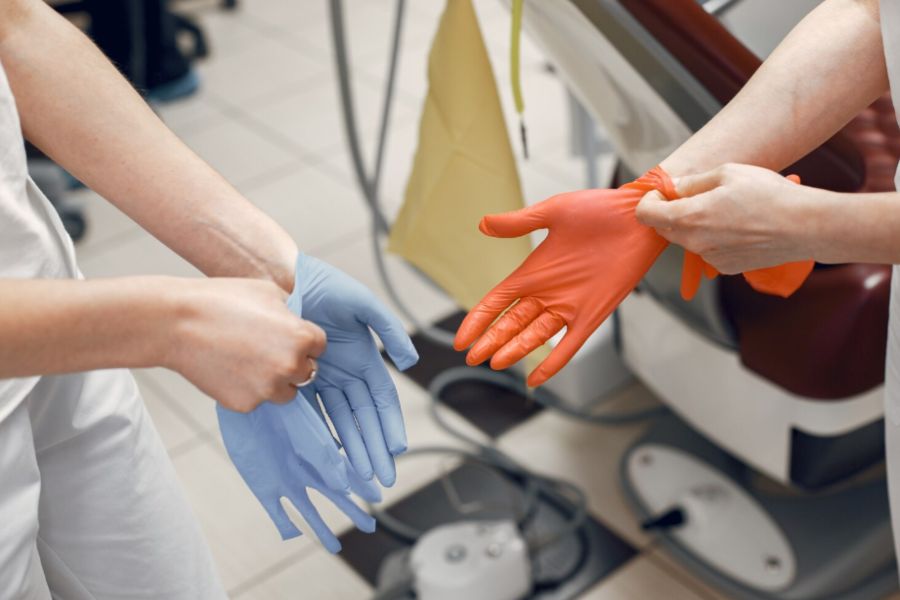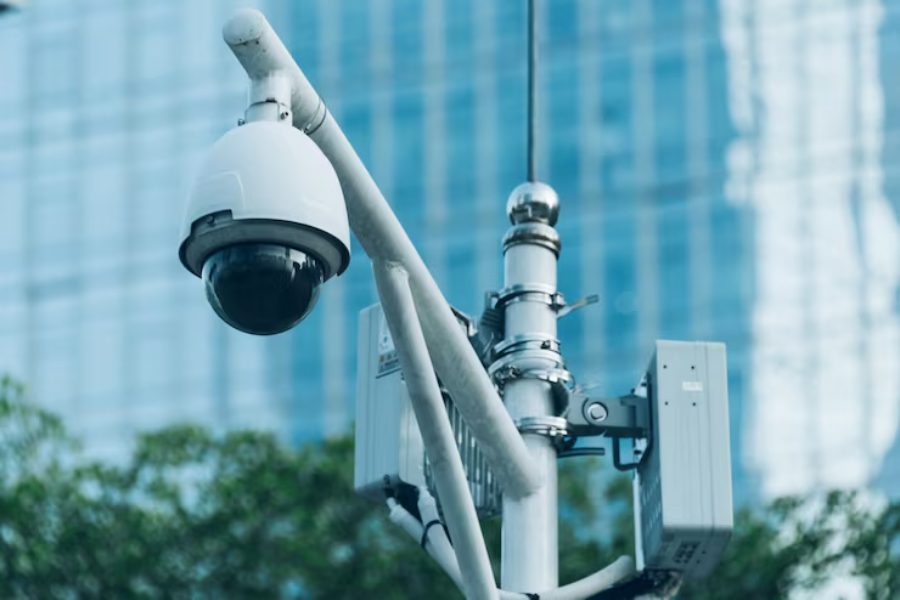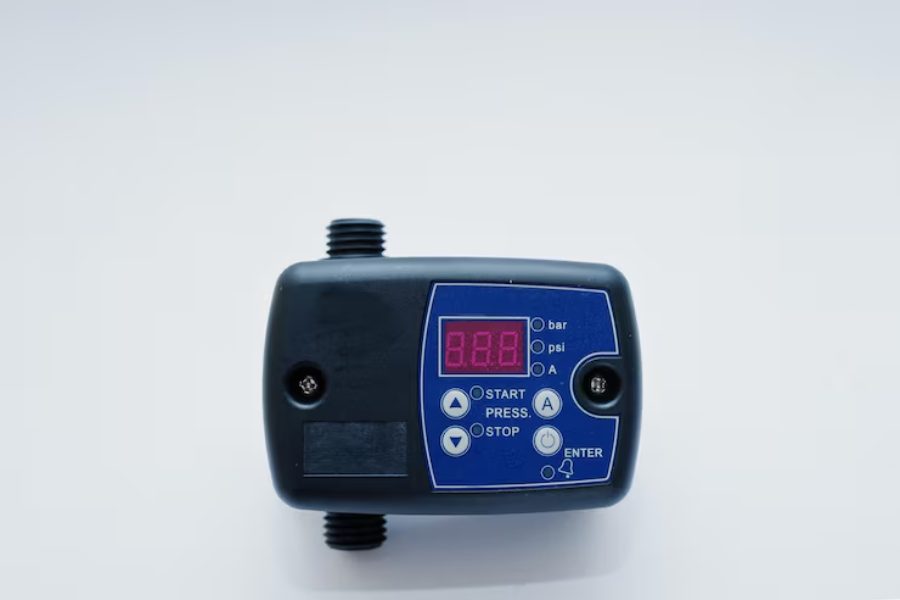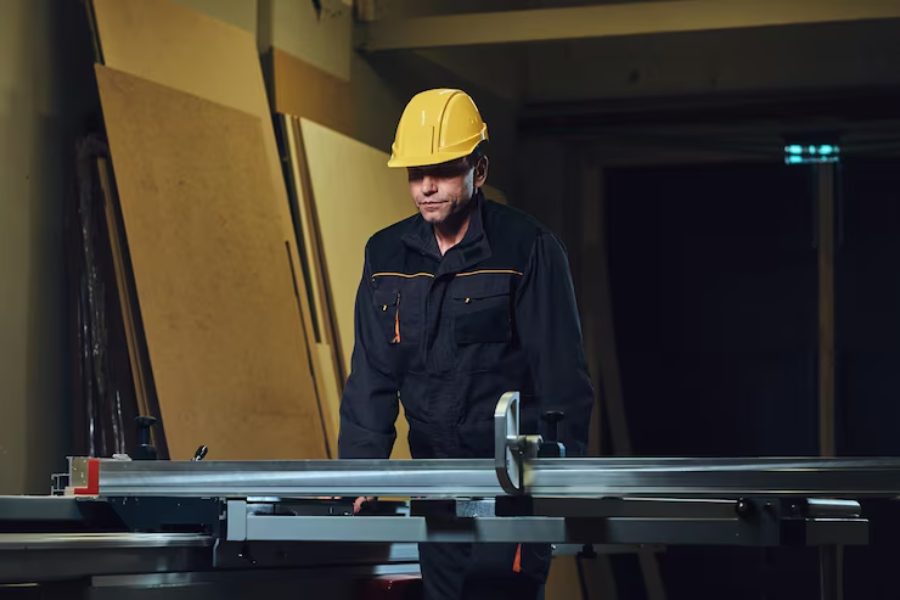- Home
- Our Services
- PedroVazPaulo Coaching
- PedroVazPaulo Executive Coaching
- PedroVazPaulo Marketing Consulting
- PedroVazPaulo Entrepreneur
- PedroVazPaulo Real Estate Investment
- Pedro Paulo Business Consultant
- PedroVazPaulo Wealth Investment
- PedroVazPaulo Business Consultant
- PedroVazPaulo Operations Consulting
- PedroVazPaulo Strategy Consulting
- Blog
- About
- Contact
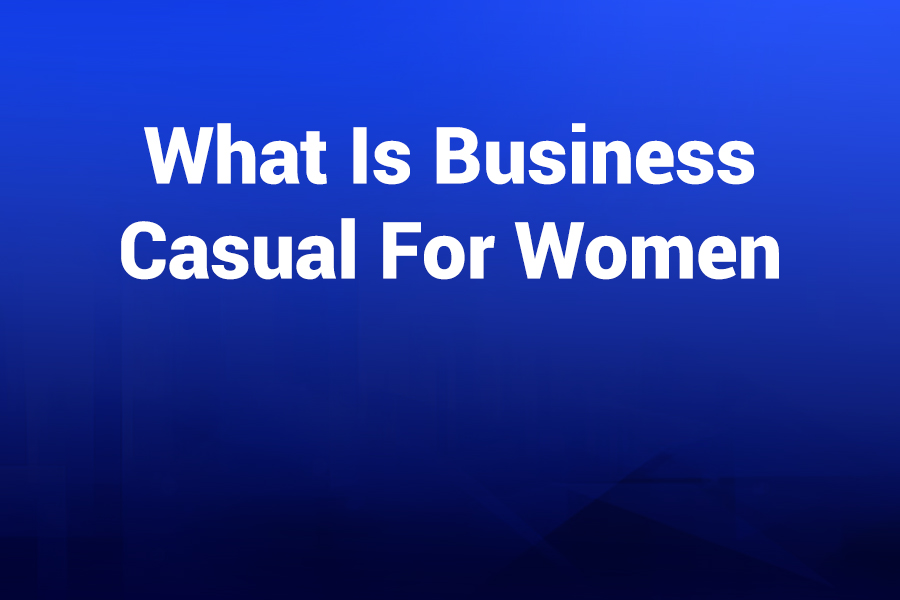
When you walk into your office, your outfit says a lot about how you view your role. For women, mastering the art of business casual means finding a style that is refined yet comfortable, polished yet approachable.
In today’s workplace, this dress code bridges traditional formal wear and weekend comfort, letting you showcase professionalism without wearing a full suit every day. In this article you will learn what business casual means for women, how to build a wardrobe around it, and how to tailor it to different work settings.
Why Business Casual Matters
Business casual has evolved significantly in recent years. According to experts, it sits between formal business attire and your everyday off-duty outfit—it’s not a suit, but it’s not jeans and a T-shirt either.
Recent trends show that women’s business casual increasingly emphasizes comfort, personal style and versatility while still giving a polished impression. With more than 60 % of employers reporting a relaxed dress code over the past five years, adapting your wardrobe to this middle ground is key to projecting confidence and professionalism.
Core Principles of Women’s Business Casual
To dress right for business casual, focus on three foundational principles: fit, context and balance.
- Fit: Clothes must be well-tailored—not too tight or too baggy. A blazer that pulls at the buttons or pants that bunch at the ankles undermine professionalism.
- Context: Consider your industry, your company culture and the location of your work. A tech startup may accept dark jeans; a law firm may insist on slacks.
- Balance: Blend formal pieces with more relaxed garments. For example, pair a structured blazer with a knit shell or a midi skirt with a crisp blouse.
Top Pieces That Define Business Casual
Here are the wardrobe staples that serve as the backbone of a business casual look for women:
- Blazers and tailored jackets: One well-fitting blazer elevates almost any outfit and creates structure.
- Dress pants or slacks: Neutral tones such as black, navy or charcoal serve as versatile options.
- Pencil or A-line skirts: Knee-length or midi skirts in structured fabrics add femininity and professionalism.
- Blouses and shirts: Choose styles with subtle details like a tie neck or soft ruffle, but avoid deep necklines or busy graphics.
- Midi dresses or sheath dresses: These can work perfectly when paired with a blazer or cardigan.
- Shoes: Closed-toe flats, loafers or heels no more than three inches are ideal; sneakers only if expressly allowed and sleek in design.
Color and Fabric Guidance
Stick to a palette that exudes calm sophistication: navy, grey, black, cream, taupe, and muted jewel tones. Fabrics should look sharp and retain shape; think wool blends, ponte knits, polished cotton, and quality synthetics. Avoid novelty textures or overly shiny materials. Also, while patterns are acceptable, they should be subtle—a gentle stripe or small check is far safer than bold graphics or loud prints.
Tops & Shirts: What Works and What Doesn’t
For tops: opt for button-downs, silk blouses, fine-gauge sweaters, and structured knits. Avoid tank tops unless layered under a blazer, halter-tops, spaghetti straps, graphic tees, or overly sheer fabrics. In general: if you’re unsure whether a top is appropriate, it probably isn’t.
Bottoms You Can Trust
Dress pants, chinos, and straight-leg trousers in dark or neutral colors are reliable selections. For skirts, aim for knee or mid-calf length in tailored cuts. If jeans are permissible in your environment, choose dark wash, full-length, and minimal distressing—but use them sparingly and always pair with a dressier top and blazer. For instance, a dark jean plus a silk blouse and blazer may pass in a creative office.
Layering: Blazers, Cardigans & Outerwear
Layering pieces help you adapt to changing temperatures or meeting types. A blazer instantly elevates an outfit, while a cardigan in professional fabric can lend a softer touch. For outerwear like trench coats or structured wool topcoats, opt for simple, clean lines that mirror the polish of your under-layers.
Shoes & Accessories to Complete the Look
Shoes should be clean, polished and modest. Flats, low heels and loafers are safe bets. Closed-toe designs better maintain a professional air. Avoid flip-flops, running shoes, overly bold patterns or extremely high platforms. Accessories should serve—they shouldn’t dominate. A classic watch, stud earrings and a structured tote or medium-sized handbag communicate sophistication. The goal is to look intentional but effortless.
Modern Interpretations and Trends
The 2023 workplace has brought more flexibility into what counts as business casual. According to recent write-ups, there’s more room for self-expression—color accents, understated sneakers, and relaxed tailoring all play a role. Still, the key remains balance: leaning too far into “casual” risks appearing under-dressed. As one expert puts it, “When in doubt, go more business than casual.”
How to Adjust for Industry and Company Culture
Because every workplace is different, here’s how to tailor business casual to your environment:
- Traditional corporate (finance, law): Lean more toward slacks or skirts, blazers, classic shoes, minimal color.
- Office with moderate dress code (marketing, education): You may add brighter colors, tailored jeans, stylish tops, and modern flats.
- Creative or tech startup: Dark jeans, minimalist sneakers, and a blazer over a simple tee may be acceptable—but still polished.
In every case, observe what colleagues wear, review company guidance, and when in doubt choose the more professional option.
Dos and Don’ts
Do:
• Choose pieces that fit properly and flatter your shape.
• Invest in versatile basics you can mix and match.
• Pay attention to grooming, including pressed clothes, polished shoes and minimal accessories.
Don’t:
• Wear anything overly revealing, distressed or poorly fitting.
• Assume casual means sloppy—wrinkled clothes or baggy sweats are not business casual.
• Ignore the culture of your workplace—what’s fine at a startup may be totally off-base elsewhere.
Putting Together Example Outfits
- Outfit A: Navy blazer + white silk blouse + charcoal dress pants + black loafers. Clean, timeless and office-safe.
- Outfit B: Camel pencil skirt + cream fine-knit sweater + taupe flats + minimal gold necklace. Feminine yet professional.
- Outfit C: Dark wash straight-leg jeans + light grey blazer + soft pastel blouse + nude low heels. Smart-casual for a more relaxed office.
- Outfit D: Midi dress in muted color + tailored cardigan + closed-toe block heel + structured bag. One-piece ease with polished finish.
Seasonal Considerations
In warmer months choose lighter fabrics such as linen-blend trousers or cotton-blend tops—just ensure they’re still structured and crisp. In cooler weather, layer a blazer or lightweight wool coat and wear closed-toe shoes or boots that fit under a pant cuff. Color wise, you can incorporate seasonal tones but keep them grounded with the core neutral palette.
Final Thoughts
Defining what business casual means for women can feel tricky—but with the right foundation it becomes much easier. Focus on fit, context and balance. Build a wardrobe of structured pieces that let you express your personal style while adhering to workplace standards.
Whether you’re meeting clients or just heading into a regular workday, your outfit can help you feel confident, put-together and ready to excel. The aim is simple: look intentional, maintain professionalism, and wear clothes that reflect the role you play.



